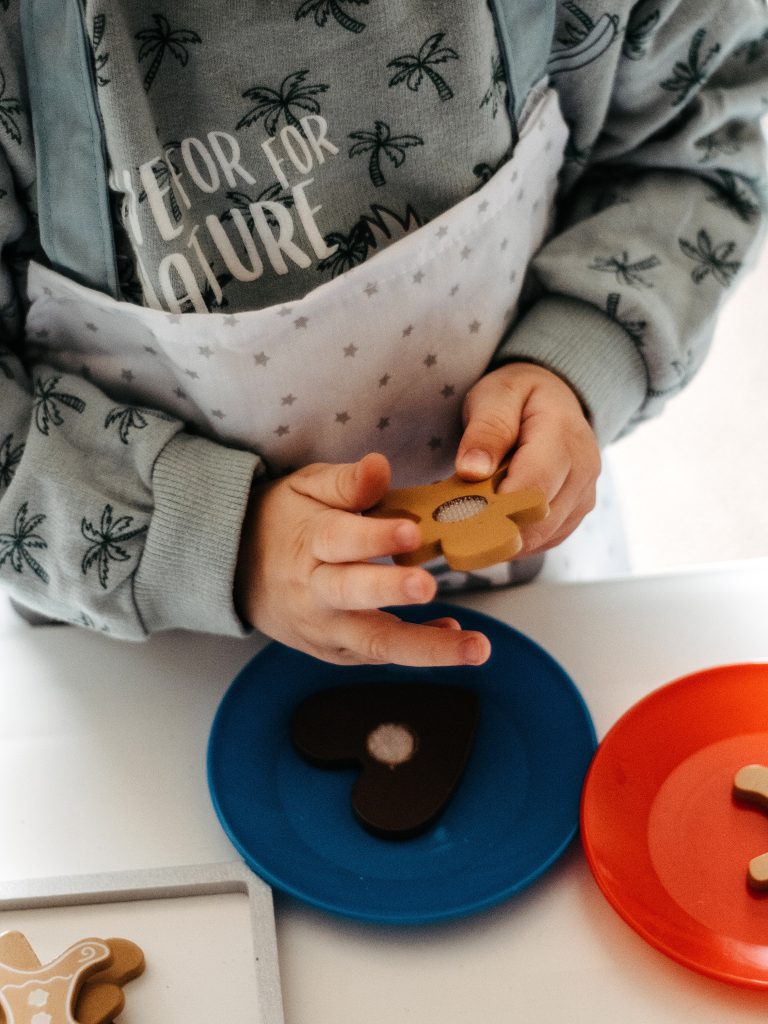

December is a month of multiple religious and cultural celebrations. A tradition common to these celebrations is the giving of gifts to our loved ones, particularly our children. We all want to make our kids happy this holiday season. But before you give them that toy they’ve been asking for, make sure it’s safe. That’s the message of National Safe Toys and Gifts Month.
The US Consumer Products Safety Commission (CPSC) has established strict toy safety guidelines that include rigorous testing by independent, third-party laboratories, enforcing rigid lead and phthalate limits for toys, and imposing stringent standards to stop dangerous toys from reaching the marketplace and getting into children’s hands.
In spite of these efforts, thousands of children are injured every year as a result of playing with unsafe toys. A report released by the CPSC revealed that in 2020, there were nine deaths and nearly 150,000 emergency room visits for toy-related injuries in children ages 14 and younger.
Actually, those figures represent an ongoing decline in toy-related incidents compared to the past two years. In 2019, there were 14 toy-related deaths and 224,200 injuries. In 2018, there were 17 deaths and 226,100 injuries treated in US emergency rooms. Fortunately, more than 90 percent of the injured children were treated and released.
The most common toy-related injuries treated in emergency rooms included lacerations, contusions and abrasions, strains and sprains, fractures, internal injuries, ingestion of toys or toy parts, concussions, dislocations and puncture injuries. Nonmotorized scooters were associated with several of the reported deaths each year.
The best way to avoid a toy-related injury is to be proactive when selecting toys and gifts for your children. Before you buy, consult a watchdog website, such as toysafety.org, the website of World Against Toys Causing Harm (W.A.T.C.H.), for a list of recent toy recalls. But not all unsafe toys are recalled, so follow these tips before you purchase a toy:
• Read all instructions and warnings listed on the packaging.
• Ask yourself if the toy is appropriate for your child’s age and developmental abilities.
• Avoid buying toys with sharp edges, rigid points or spikes.
• Buy toys that can withstand impact and will not break into pieces that can be a choking hazard or cause other injuries,
• Look for the letters “ASTM” on the toy or packaging. That means the toy has met the safety standards set by the American Society for Testing and Materials (ASTM).
• Avoid toys that shoot, such as BB guns, or include parts that fly off.
Here are some additional tips to keep in mind this National Safe Toys and Gifts Month:
• Be sure the gifts you give are age appropriate. Playing with toys above a child’s age and level of maturity can lead to misuse and potential injury. Toy manufacturers list the age the toy is appropriate for on the packaging.
• Learn how to properly use the toy first, then teach your children how to use it.
• Buy quality toys. They might be more expensive, but high-quality materials are less likely to break into pieces and lead to injury.
• Inspect your children’s gifts as they open them to be sure they are safe before allowing them to play with the toys.
• If you give your children sports equipment, give them the appropriate protective gear for the sport as well, such as helmets for riding toys. Make sure the gear is sized to fit your child.
• A gift that includes art supplies should be labeled “non-toxic.”
• Keep small toys, “button” batteries and other potential choking hazards away from children under 3 years old.
• Keep deflated balloons away from children under 8. Immediately throw away balloons that won’t inflate or have popped.
• Discard plastic wrapping and other toy packaging right away before they become dangerous playthings for young children.
According to WATCH., online shoppers are at a disadvantage because they cannot physically inspect the toys before purchasing them. Unfortunately, there are some disreputable online retailers that may omit warnings and cautions and provide incomplete or misleading information regarding a toy’s safety. Further, unsafe and recalled toys can resurface on online websites.
If you shop for toys online, be sure to carefully inspect the toy and its packaging for obvious hazards before giving it to your child. “Don’t let your child unwrap a potential safety hazard this holiday season,” states Joan Lawrence of The Toy Association, a site for toy safety information. “By shopping smart, you can ensure safe play.”





Leave a Reply